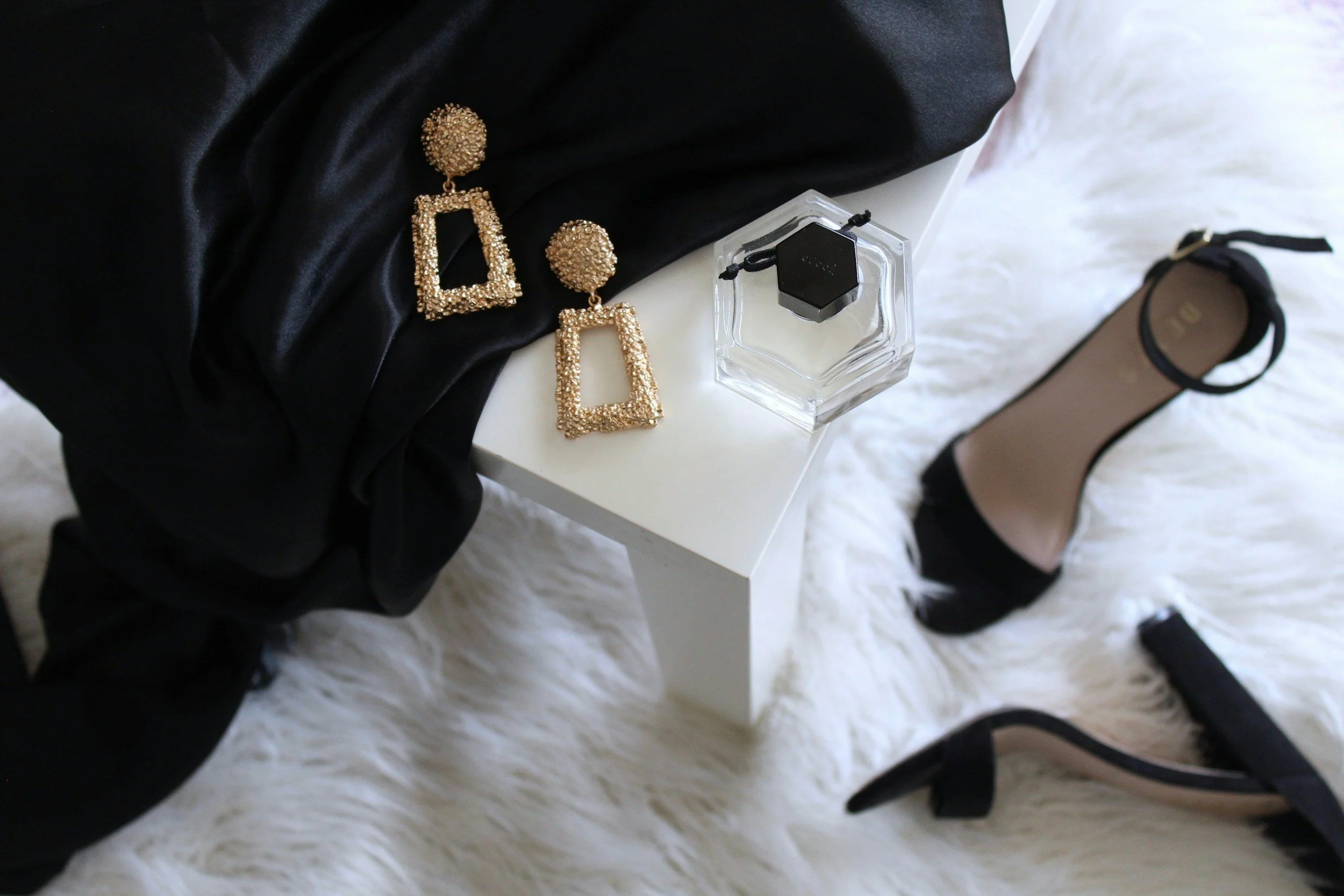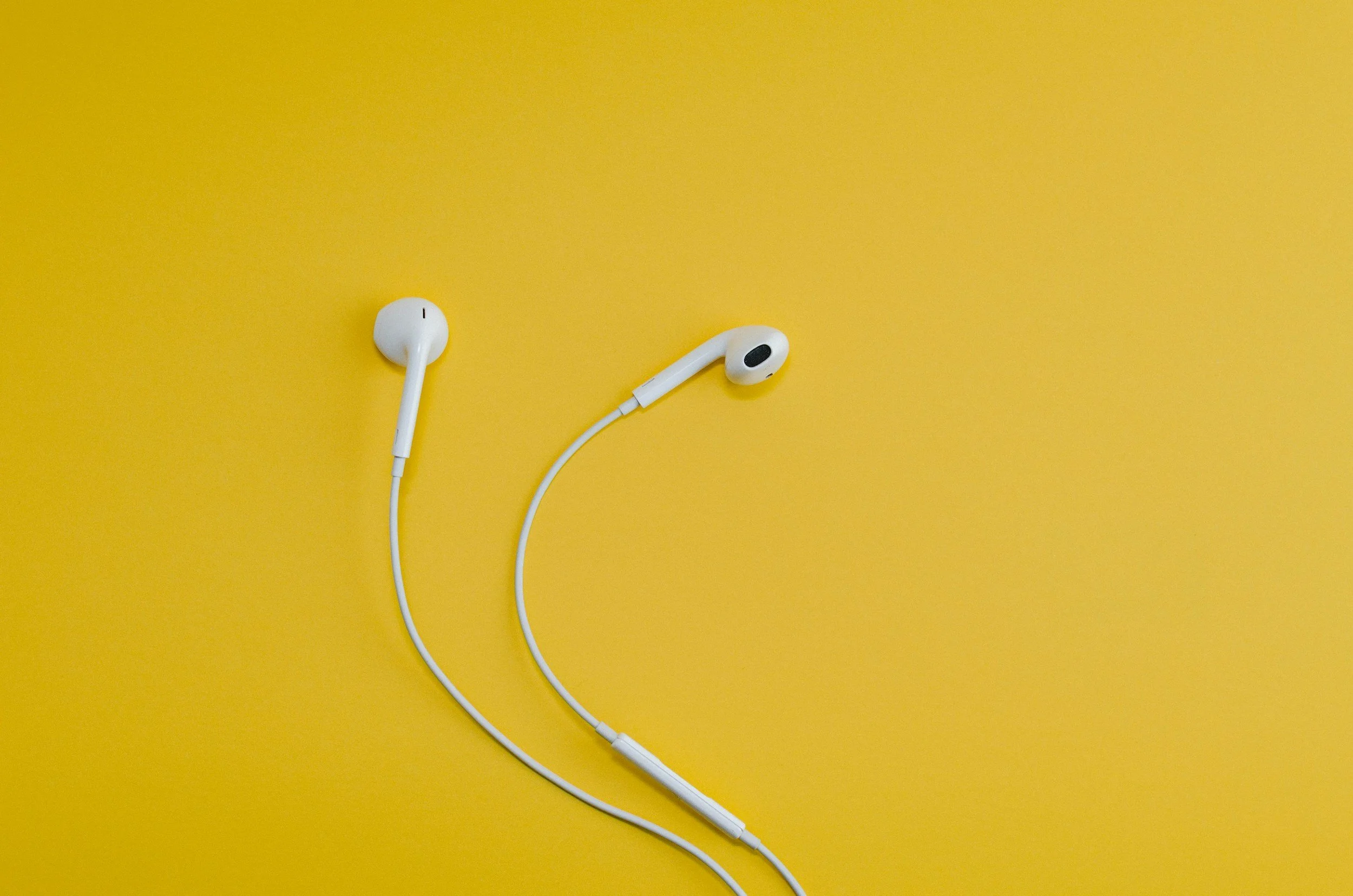Why I became interested in something called neuropsychophysiology-based Mindfulness (I just made that up)
It's all about being present without judgment in every moment.
I spent the last 6 years doing something incredibly rewarding: measuring people's brain activity. What does that mean? It means that using EEG (electroencephalographic equipment) I have tracked down thousands of brains, marvelled at how fantastic these organs are.
What I was always excited to see is that every brain is unique. Some have a predisposition to daydream and get distracted, some are very focused, some have a genetic marker for depression, and some are very creative and full of ideas. Recently I did this cool project called #thebeautifulbrainsproject in which I looked into 15 superhero Vancouverites' brainwaves trying to figure out what makes special people so special. Beyond feeding my own curiosity, we were mapping unique brain activity and looking for clues about how to get the most out of the mind.
Apart from these unique qualities, though, what I can guarantee you is that there is a world-wide, universal feature that every brain comes equipped with:
The brain never stops. Ever.
The brain is indeed a very busy organ. In terms of electrical activity, it is, of course, impossible to stop the brain. It would actually be very bad news if those cute jagged lines in the EEG trace stopped. And when in a yoga class you hear your teacher ask you to stop the brain, please feel entitled to raise your hand and say that the task is neuro-anatomically impossible.
So you can imagine my curiosity when I first encountered mindfulness meditation and all of its promises to make you happier, quieter, healthier or more beautiful (really, that too? ;-) )
I was desperately curious to understand how to calm my own electrified, intense, Italian brain, and so I studied, practiced and learnt as much as I could.

Then, I realized I could combine this new interest with the brainwaves work.
If mindfulness, according to long-time meditator and legendary mindfulness pioneer Jon Kabat-Zinn, is the ability to "be present without judgment in every moment", then ...
what about observing your own brain activity?
It’s real time, (so being present is covered), without judgment (a signal that corresponds to anxiety is absolutely as interesting as one corresponding to calm, so no judgment, really) in every moment you are in front of the screen, and then, because you have observed the signal on a screen, you know how it corresponds to a subjective state, so you can use this experience also when not in front of a screen.
Observing your brain moving on a screen, realising that you cannot stop it, accepting that it will constantly try to distract you, and gently bringing your attention back to that constantly moving signal.
What was very useful for me, for my personal practice, and for what I offer to the Beautiful Humans I have as clients, is how to overcome the main underlying tension underneath any meditation practice: letting go of effort. Letting go of the wanting to control.
Trying to relax is an oxymoron, a contradiction in terms. Trying is doing, and relaxing is non-doing. So technology was simply a tool to make things easier. Like using a sat-nav to drive your car in a desired destination, sensors became my technological guidance into bliss and self-awareness.
If you are interested to learn more about brainwaves and brain gadgets, you can drop me an email at hello@vancouverbrainlab.com or connect via Linkedin, or follow our latest project Moment Meditation.
www.facebook.com/vancouverbrainlab.ca
Instagram
www.instagram.com/hirokodem
MOMENT MEDITATION
WWW.MOMENTMEDITATION.COM
Like guitar strings that need precise tension to create beautiful music, your stress response has an optimal zone where pressure transforms into peak performance. Did you know there's a "Goldilocks zone" of stress that elite athletes use to their advantage? Discover the dial theory that helps you calibrate challenge into flow, plus the three-breath technique that lets you consciously adjust your activation level for whatever comes next.
Have you ever walked into a room feeling fine, only to leave feeling completely drained for no apparent reason? You might be 'catching' other people's emotions without realising it. Here's the fascinating science behind emotional contagion, why your brain automatically mirrors everyone else's stress, and the simple technique that creates an invisible protective barrier around your energy. Evidence-based and surprisingly liberating. Let's explore why your feelings might not actually be yours...
Discover why perfectionism is the worst investment strategy for busy women and how treating your mental energy like the expensive resource it is can transform your productivity. Learn the neuroscience behind perfectionist paralysis, why "good enough" gets better results, and Taylor Swift's game-changing advice on energy boundaries. Stop giving premium attention to tasks that can't afford it as you master strategic imperfection and reclaim your most precious resource!
Your body is constantly sending you messages through tension, energy shifts, and gut feelings. Did you know you can decode your nervous system's secret language and transform anxiety into wisdom? Learn my four favourite ways to understand exactly how these signals can deepen your relationship with yourself.
Do you struggle with confidence at work? Discover 5 science-backed ways to build genuine confidence when it doesn't come naturally. Learn the difference between fake and authentic confidence, plus practical strategies from neuroscience research to help professional women overcome self-doubt and develop unshakeable inner strength that lasts.
Have you ever wondered what’s the difference is between mindfulness and meditation? Or are they the same thing? Here's why that confusion might be keeping you from the peace you're seeking. Discover the simple distinction that will change everything, learn what your brain's "screensaver mode" is doing to your happiness, and find out why your most transformative practice might happen while you enjoy your morning coffee. Science-backed, skeptic-friendly, and surprisingly practical. Let’s demistify mindfulness and discover meditation…
Ready to nurture the friendships that truly matter? Discover the science behind long-lasting connections and learn why your best friendships can survive months of silence and thousands of miles. This heartfelt guide reveals practical strategies for maintaining deep bonds across time zones and life changes, plus actionable tools for reconnecting with old friends too.
Stuck in life's in-between moments, waiting for answers that won't come? Discover how neuroscience reveals why uncertainty feels so uncomfortable and how mindfulness can transform your relationship with the unknown. Learn how to trust the process when you can't see the destination, and why the space between heartbeats might be exactly where your deepest growth happens.
We've been told that ambition and inner peace can't coexist—that you must choose between climbing the ladder or finding calm. But what if this false choice is keeping you stuck? Discover how quiet ambition unlocks sustainable leadership success. Learn why the most influential leaders use peace as their secret weapon for progress, and how you can harness both to create lasting impact without burning out.
Your most profound meditation practice might not happen on a cushion - it could be while rocking a baby at 3 AM. If you're a parent whose "perfect" routine has become beautifully chaotic, this is for you. Discover how to weave mindfulness into daily life, practice self-compassion when you miss days, and find true presence in the micro-moments. Your meditation doesn't need to look like anyone else's - it needs to work for you in your real life.
Feeling exhausted in winter or restless in spring? Your body isn't broken - it's brilliant! Discover why fighting your seasonal rhythms leaves you drained and how tuning into your natural energy cycles can transform your wellbeing. Learn the science behind seasonal mood shifts, ancient wisdom for modern living, and simple practices to work with your body's intelligence instead of against it. Attune your wellbeing with the season as you discover your seasonal patterns aren't flaws - they're features!
Are you an introvert with something to say? Discover proven public speaking tips for introverts to build quiet confidence and overcome speaking anxiety. Learn how one introvert transformed her biggest fear into becoming a confident conference speaker using preparation strategies, breathing techniques, and mindset shifts that work specifically for quiet, thoughtful personalities.
Feeling overwhelmed by emotions that seem to spiral out of control? Discover the powerful two-word practice that neuroscience shows can literally calm your brain's alarm system. This week I'm sharing how to name your feelings without trying to fix them, creating space between you and your emotional storms. Learn the mindful approach that transforms difficult emotions from problems to be solved into experiences to be witnessed.
Ready to make decisions with more clarity and confidence? Discover how mindfulness helps you reconnect with your core values, so you can say yes with purpose, no without guilt, and live with greater authenticity—at work, in relationships, and within yourself.
Do you ever feel like your emotions take you on a rollercoaster ride? Learn how to “emotionally surf” the waves of life as I share my top proven tools from the science of psychology and the art of mindfulness.
Think you can’t meditate? Think again. Learn 5 powerful moving meditation techniques for busy minds and restless bodies—and how to find calm, clarity and become more mindful without sitting still.
Ever feel weighed down by stuff, roles, or expectations that once fit but now just... don't? You're not alone! Nature knows the secret—trees don't cling to last year's leaves, and even your body replaces its cells every decade. Discover why letting go creates magical space for what truly matters, how decluttering sparks joy (science confirms it!), and the surprising gifts waiting when you finally release those outdated identities. Ready for a lighter, brighter you? Let's dive in!
Are you making decisions from fear without even realising it? Explore how choosing love over fear transforms everything from your morning mirror talk to your social media habits. Discover the science behind why fear-based living keeps you stuck, while love-based choices expand your possibilities. Learn practical ways to shift your perspective in daily moments, create ripple effects in your community, and build a life guided by compassion rather than anxiety. It's time to break free from fear-based patterns and embrace the life-changing power of acting from love instead!
Are you ready to transform your relationship with stress and find more reasons to smile? Discover how stress blocks your capacity for joy and learn 7 science-backed techniques to rewire your brain for happiness. This practical guide includes expert insights, simple success strategies and a free 7-day brain rewiring challenge to help you break free from stress and reclaim your natural ability to experience joy once more.
Craving that peaceful feeling that seems to vanish the moment life gets busy? Discover how to protect your peace by creating gentle boundaries, designing pockets of stillness, and maintaining your serenity without sacrificing productivity. This week I’m sharing simple, practical ways to maintain your calm and clarity. Stop letting your peace evaporate and start bringing that spaciousness and serenity into your everyday life. Your nervous system will thank you!
Are you getting ready for a vacay or dreaming of your next getaway? This week Annika Rose reveals ten game-changing strategies to transform your precious time off. Discover how to ditch digital distractions, find authentic local experiences, and create moments that refresh your soul—not drain it. Stop collecting tourist snapshots and start collecting memories that matter. It’s time to take your holiday from ordinary to extraordinary!
Discover our ultimate birthday interview guide—with 40 thoughtful questions to help you reflect on your past year, celebrate your present, and envision a flourishing future! From playful quick-fire rounds to profound reflections, this interactive celebration captures your evolving wisdom in a personal time capsule that grows more precious with each passing year. Start this beautiful tradition today and watch as your birthday transforms from just another candle on the cake to a powerful milestone that honors your entire story.
Receptivity isn't just a skill to master; it's an invitation to a richer, more connected way of moving through the world. It’s wonderfully liberating to set down the weight of always needing to broadcast your thoughts and simply be present to receive instead. Each conversation becomes an opportunity for discovery, each person a potential teacher, each challenge a doorway to growth we might otherwise miss. Try these simple practices and today, experiment with being a little more receptive than usual.
In a world that glorifies hustle, slowing down feels like a radical act, but it’s one that aligns with how your brain was designed to thrive. Discover the smart and simple strategies of slow living and notice how you begin to feel calmer, clearer and reclaim control of your time and attention once more.
This International Women's Day, I invite you to move beyond symbolic gestures and take meaningful action—whether as a woman navigating workplace challenges or as an ally committed to creating change. Discover evidence-based strategies to put into practice this International Women's Day and create real transformation with the ARISE framework—a holistic approach that integrates purposeful action, strategic resilience, authentic impact, unique strengths, and sustainable empowerment to raise women and their wellbeing up!
As International Women’s Day approaches next month, how can women develop and embody greater confidence—whether in the workplace, social settings, or personal life? What does quiet confidence look like in action and how can more of us cultivate it? Let’s explore some key strategies to #accelerateaction leading upto International Women’s Day 2025, and beyond.
Are you feeling the love? Annika shares some interesting science, insights, heart-opening practices and connection-building strategies for whatever your relationship status. Join the fun by taking part in her free 7-day Feel The Love Challenge too!
What’s your meditation rhythm? Do you have one? Discover the best time to meditate based on your lifestyle, daily commitments and the changing seasons. Whether it’s sunrise stillness, a midday reset, or a bedtime wind-down, find a practice that works for you. Meditation isn’t about perfection—it’s about presence. #Mindfulness #Meditation
If January felt like a blur, and you're only just getting clear on what you want this year to feel like—good news: you're not behind. You're perfectly on time. Your timeline is your own. Your path is your own. Discover your own rhythm and begin a new chapter whenever you want to. Here’s how.































Ever feel guilty for wanting a break when everyone else seems to be hustling harder? You're not alone! History reveals the secret - Ancient Greeks had two words for time, knowing rest wasn't laziness but wisdom. Discover why strategic rest actually boosts performance, simple ways to honour your natural energy rhythms, and the surprising productivity gains waiting when you finally give yourself the permission to pause.